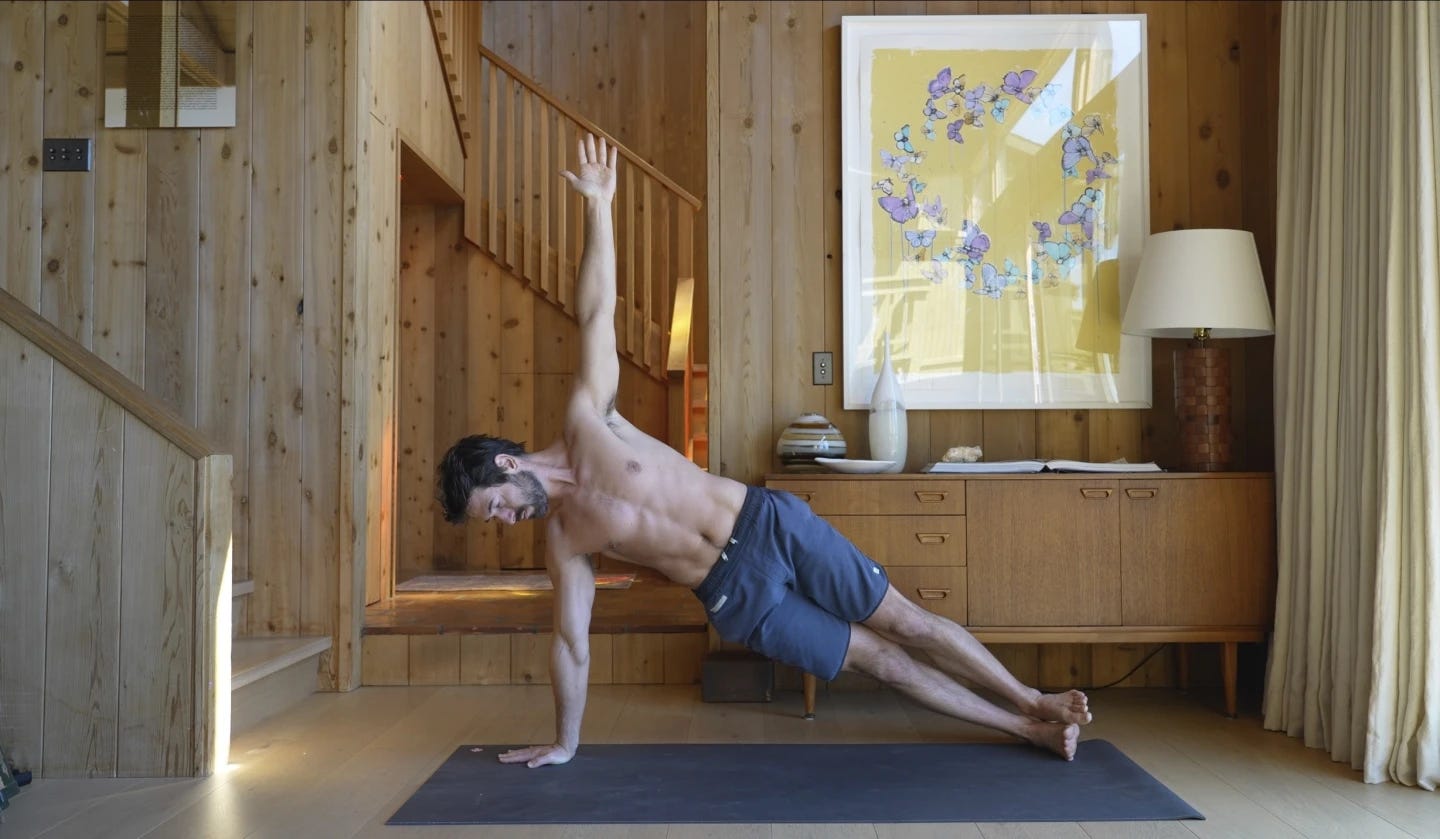Which Yoga Style is Best for You? A Beginner's Guide with Key Considerations
For some, yoga conjures images of chanting, deep breathing, and slow, deliberate movement. For others, it’s about performing complex poses while breaking a sweat. But in reality, yoga offers a broad spectrum of practices, and the style you choose can depend on various factors, such as your fitness level, goals, and the teacher's approach.
Yoga involves a wide range of styles, including hatha, vinyasa, Iyengar, ashtanga, yin, and more, all of which incorporate poses (asanas) but differ in significant ways. Some classes can be gentle and restorative, while others are fast-paced and intense. Even within the same style, the experience can vary widely.
For those new to yoga, the question is: What’s the best type of class to start with?
“The best class is the one that works for you,” said Tim Senesi, a yoga instructor in Orange County, California, with over 22 years of experience. “There are many different paths to the same goal.”
Here’s an overview of some of the most popular yoga styles, along with an important caveat.
Hatha and Yin Yoga Styles
The term “yoga” comes from the Sanskrit word for “union” and refers to a comprehensive discipline that includes movement, meditation, and lifestyle practices. Hatha, which means "force," generally refers to any yoga class that involves asanas. For instance, a sun salutation—a series of 12 poses—is foundational in many types of yoga.
Hatha classes are typically slower-paced and gentler, with an emphasis on breathing exercises (pranayama). Poses are often held for a few breaths, making hatha a great option for beginners who want to relax and improve flexibility and balance.
Yin yoga, even more focused on recovery, targets the connective tissues around the muscles. Poses are held for five minutes or more, allowing the body to deeply stretch and settle into the position. This style is ideal for those looking for a slower, restorative practice.
Vinyasa and Ashtanga Yoga Styles
Vinyasa is a more vigorous form of yoga, connecting movement with breath as practitioners flow through a sequence of asanas. In some advanced vinyasa classes, the pace can be intense, with one movement per breath.
These classes are often called "Flow" or "Power" and may be a good fit for those with an athletic background. However, teachers recommend that beginners start with a slower-paced class to build a strong foundation before progressing.
Ashtanga yoga is similar to vinyasa, but it follows a fixed series of poses, which students repeat each day at their own pace. As practitioners grow stronger, they move on to more challenging series, akin to progressing through belt levels in martial arts.
Iyengar Yoga Style
Iyengar yoga uses the same poses as vinyasa but tends to move at a slower pace. It focuses on precise body alignment through small adjustments. Poses are held for longer durations, and students often use props, such as blocks, straps, or cushions, to aid their practice.
Iyengar is particularly beneficial for those recovering from injuries or those seeking a solid foundation before progressing to more challenging styles.
The Caveat About Choosing a Yoga Style
Most teachers today blend various styles in their classes, and many don’t explicitly label them. Class descriptions can give you a general idea of what to expect, but it’s always a good idea to ask the studio or instructor for clarification.
If possible, seek out a beginner series to help you get started, but don’t worry if one isn’t available. Many teachers are happy to accommodate beginners in their regular classes and will offer modifications as needed.
Above all, the key is to try several classes until you find the style or teacher that resonates with you.
“I feel sad when someone tries yoga once or twice and decides it’s not for them,” said Anne Van Valkenburg, a yoga teacher trainer from Lanai, Hawaii. “There’s so much variety out there that you might miss something that could be truly beneficial for your life.”


